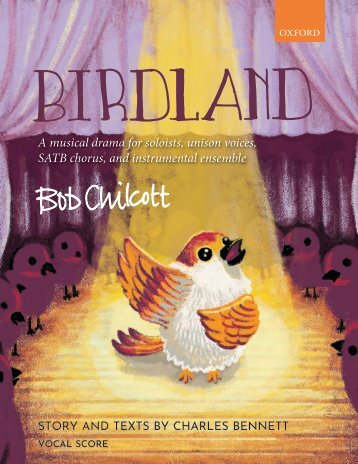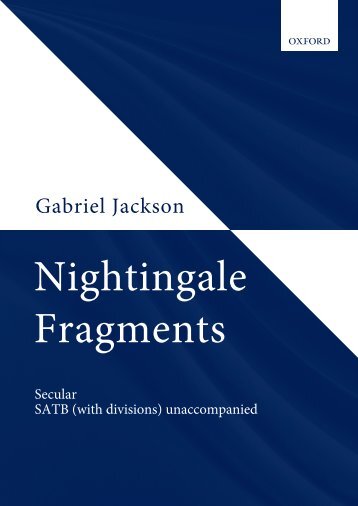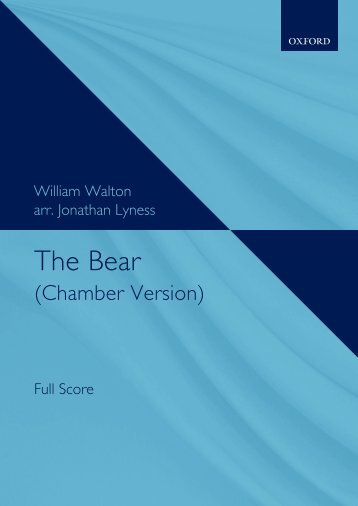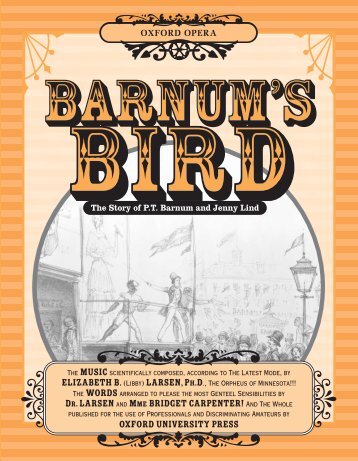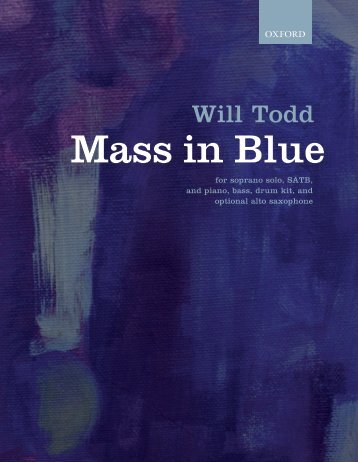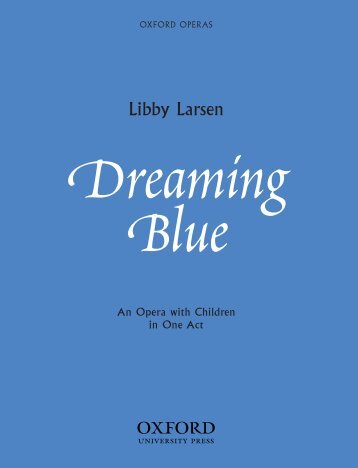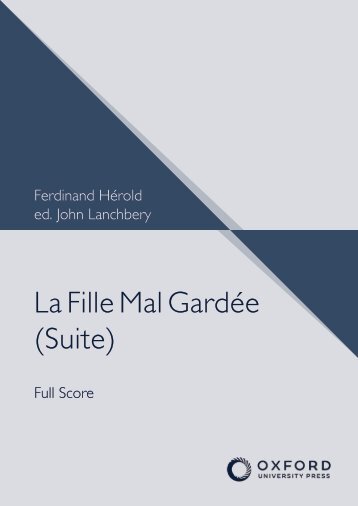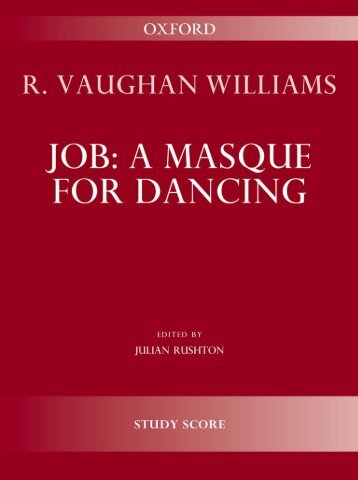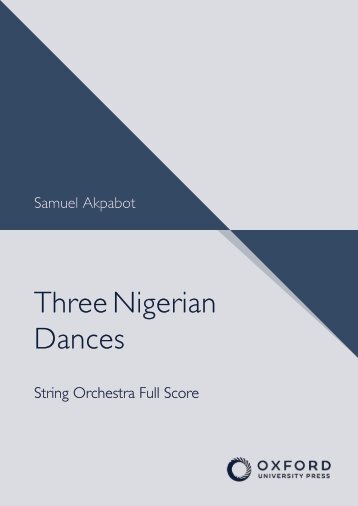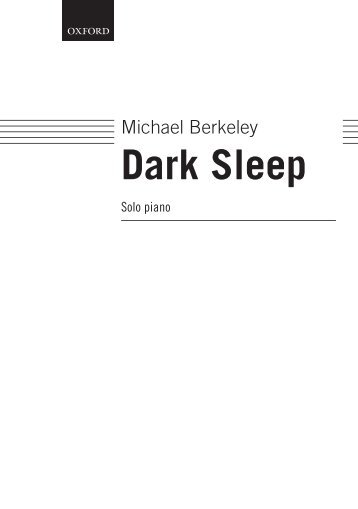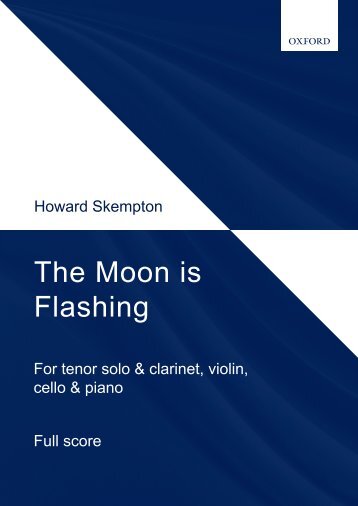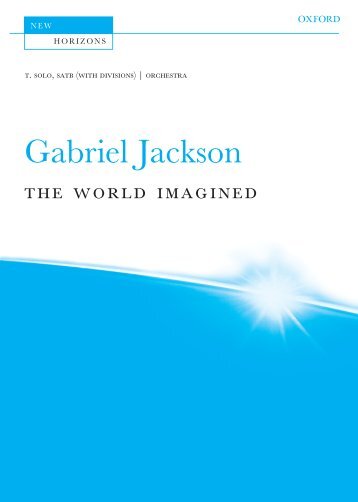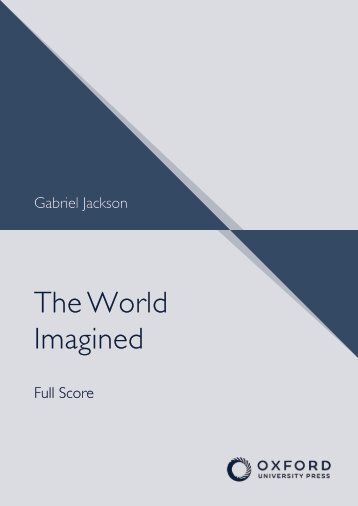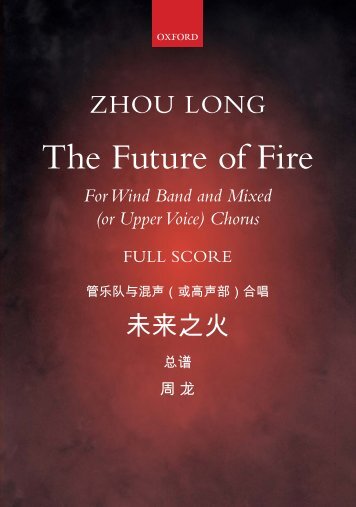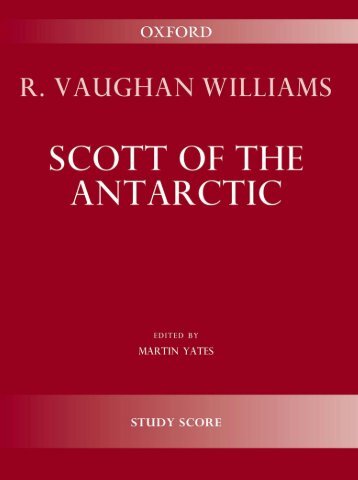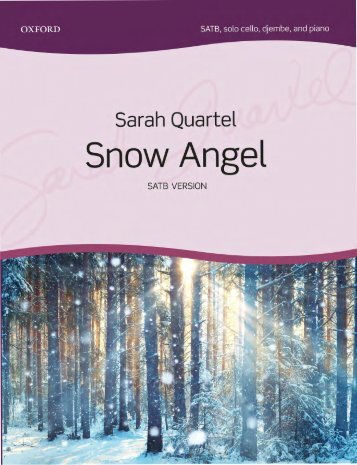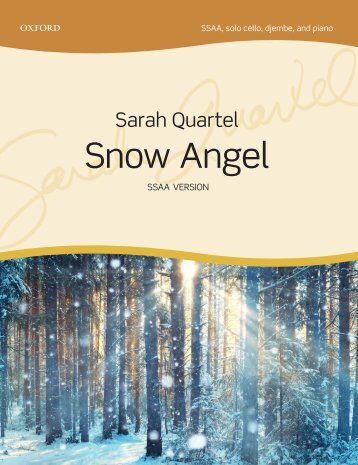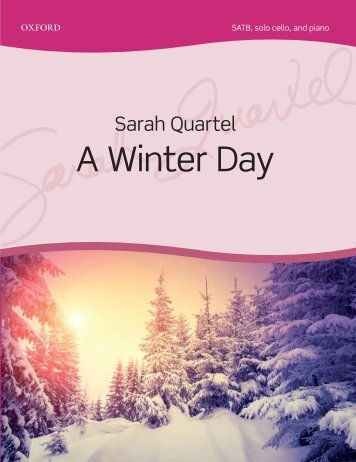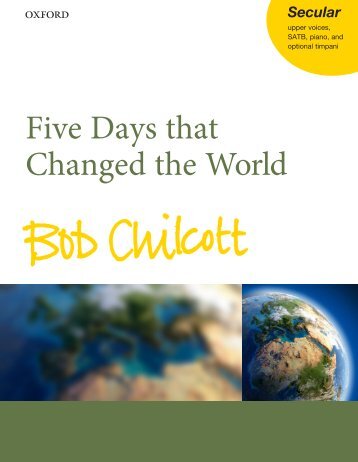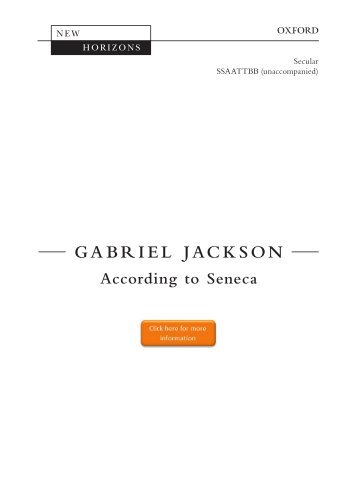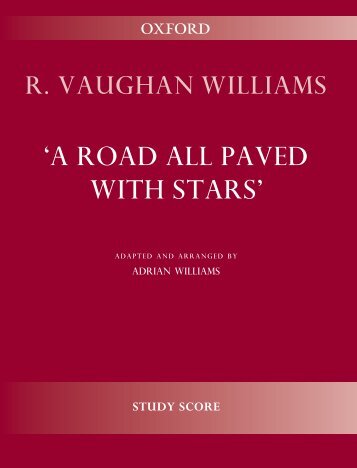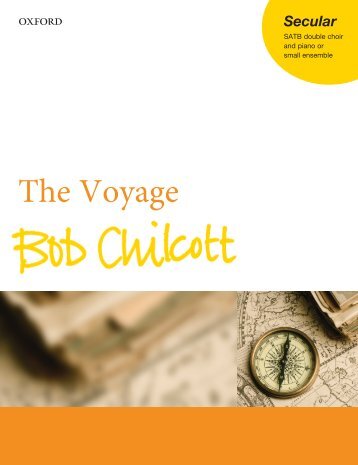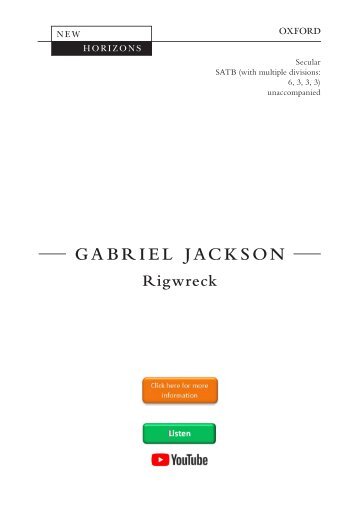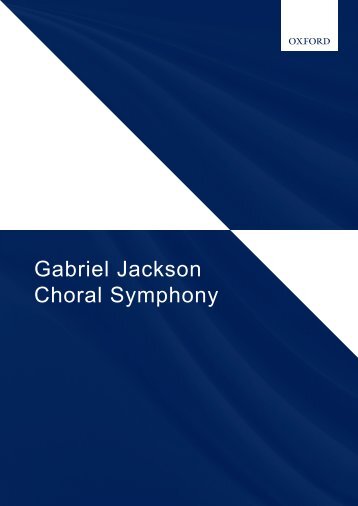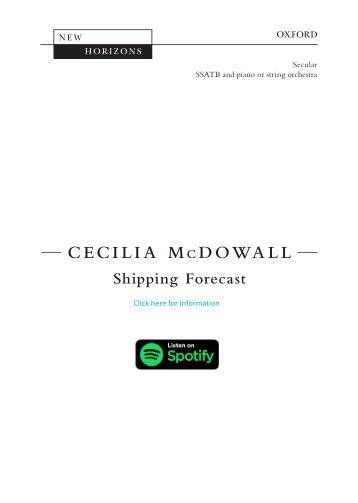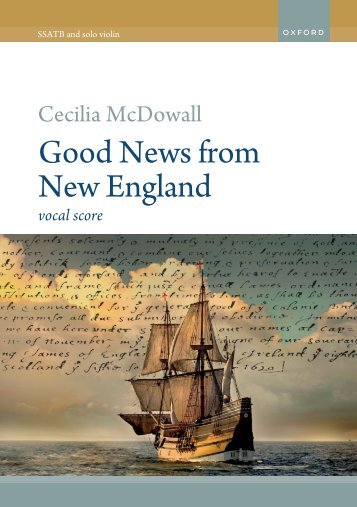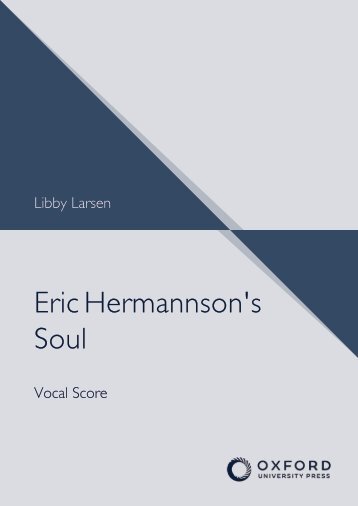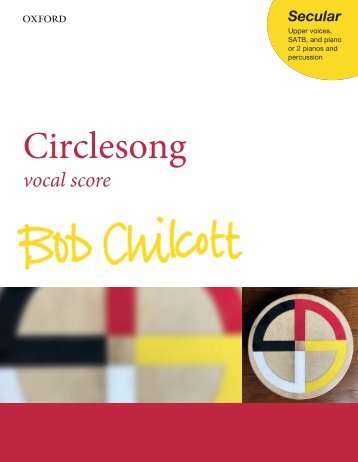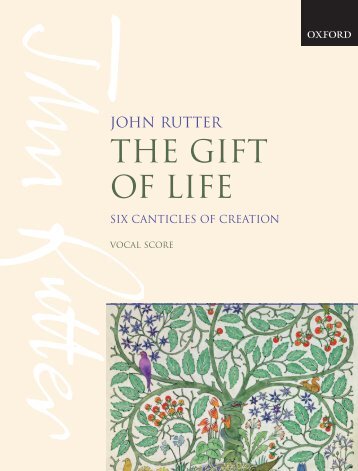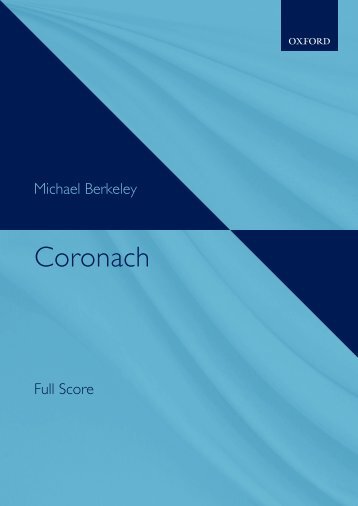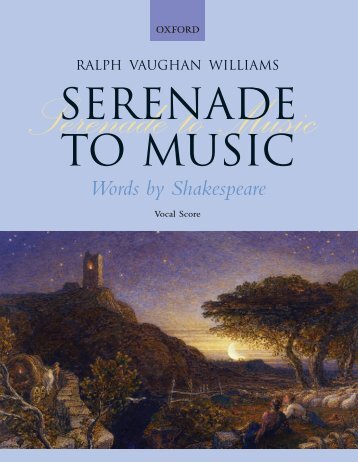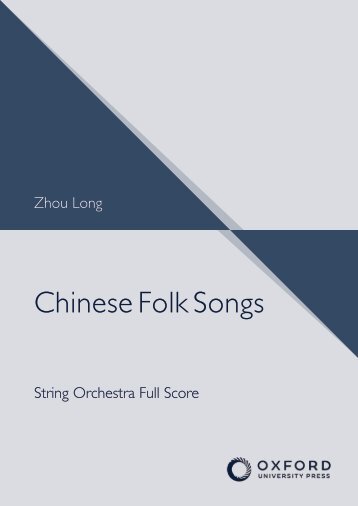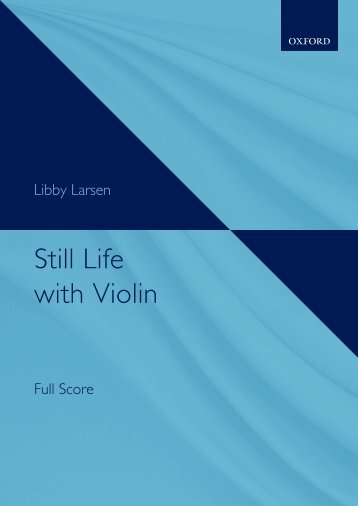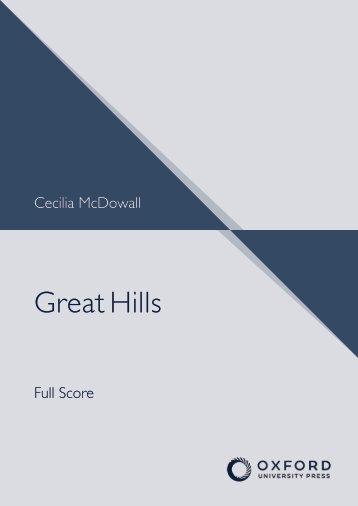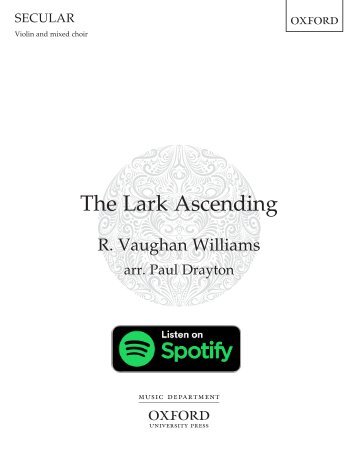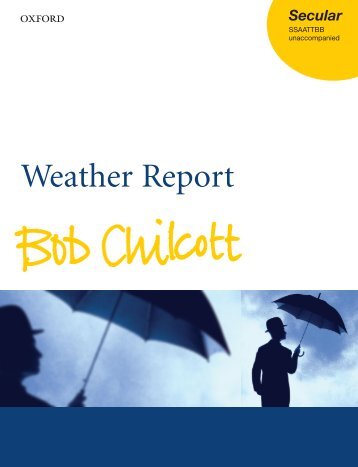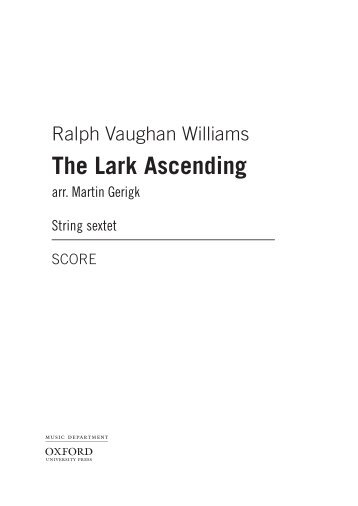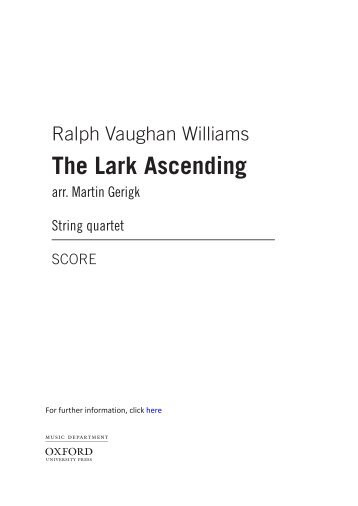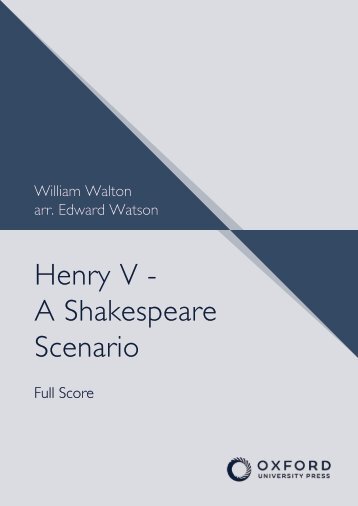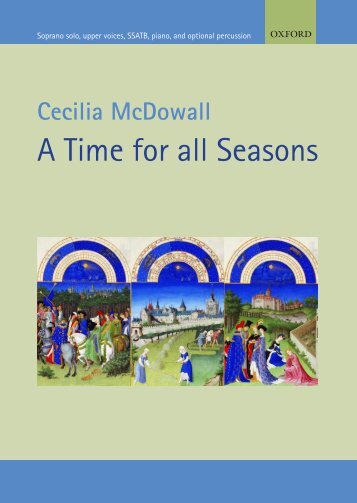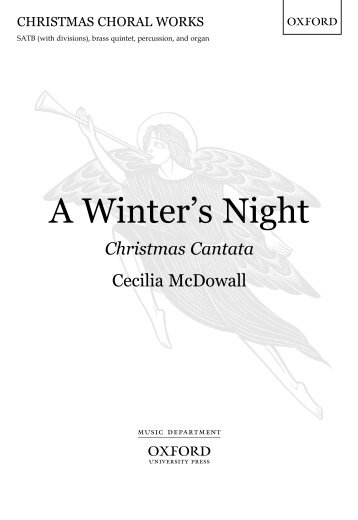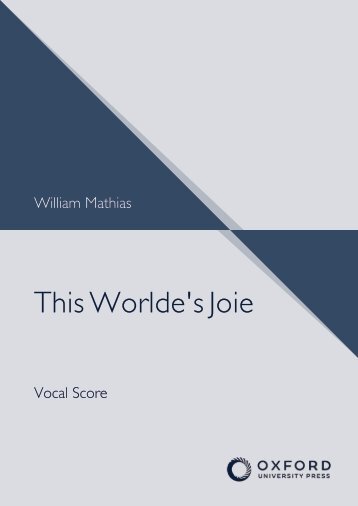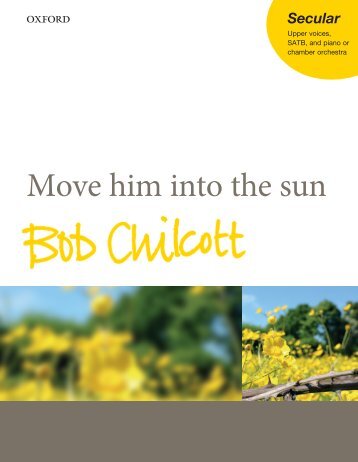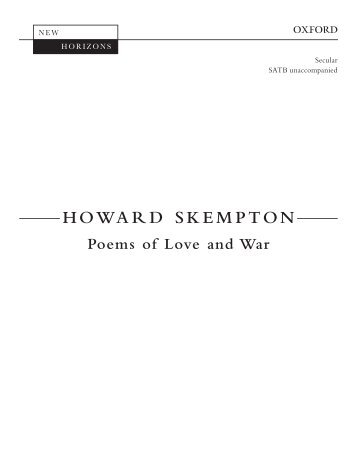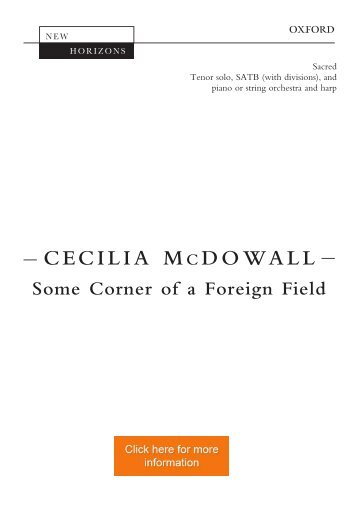
Oxford Programming by Theme
Oxford University Press is proud to publish musical works by some of the most significant composers of the 20th and 21st centuries, with a catalogue that includes a broad range of choral, orchestral and chamber music.

Themes
Select a theme from the list below to view playlists and perusal scores.
- Animals
- Colours
- Dances
- Day and Night
- Elements: Earth
- Elements: Fire
- Elements: Ice
- Elements: Water
- Historical Figures
- Journeys and Transport
- Life and Death
- Light and Dark
- Music about music and sound
- Myths, Legends, and Folktale
- Nature
- Royalty and Ceremony
- Rivers and Oceans
- The Seasons
- War and Conflict
R. Vaughan Williams - Job: A Masque for Dancing
- Text
- Orchestra
- Ballet
- Rushton
- Job
- Williams
- Oxford
- Oup
considered my servant
considered my servant Job?’. Title as printed full score, but below the composer’s name, ‘Pianoforte arrangement by Vally Lasker / Price 5/− / Oxford University Press / Aeolian Hall New Bond Street London W.1 / New York—Carl Fischer Inc. / Leipzig—Friedrich Hofmeister / Amsterdam—Broekmans & Van Poppel’. Otherwise the same as printed full score with synopsis and directions printed within the score. Theatre Orchestra Reduction Title: ‘Job / (A Masque for Dancing) / Ralph Vaughan Williams / Scored for Theatre Orchestra by Constant Lambert.’ In MS (copyist’s hand). The reduction was made prior to the publication of the full score and presumably derives from the autograph, but has the same number of bars as the published score, suggesting that cuts in the autograph were made prior to the first staged performances (see Preface). The only exception is that the repeated bars in Scene VI are rewritten in full. The small orchestra consists of two flutes (2nd also piccolo), one oboe, two clarinets, optional alto saxophone, one bassoon, two horns, two trumpets, one trombone, percussion (timpani, glockenspiel, triangle, cymbals, side drum, bass drum, and tam-tam); and strings. The reduction lacks all stage directions, merely numbering the scenes. At the end of Scene II: ‘to p.103’, i.e., cut to Scene VII; it is not known for what occasion this cut was made. In Scene VII, bar 20, Lambert’s score includes a harp chord; otherwise the music is exactly the same as the published score. Assuming this was included in performances, it may have had the composer’s sanction, so it is entered in this edition in small notes. for online perusal only ix
textual notes Abbreviations aut CL ps b., bb. n., nn. autograph full score (holograph) score for reduced orchestra by Constant Lambert printed full score bar(s) note(s) Pitches are referred to as follows: ? w w #w & bw nw C2 C3 B#3 Cb4 C4 C5 C6 w w 57/35–6 Tba.: no stacc. dots in ps 57/36 Cbsn.: no stacc. dot on n. 1 in ps 58/40, 42 Vla.: ps has redundant p 59/51, 56 Hrn.: ‘naturale’ in aut; conductor added ‘open’ in 56 62/66 Timp.: aut has redundant ff 68/89–90 Fl. 1: in ps, the slur continues to b. 90, n. 1, without a tie; Fl. 1 then has rests for the remainder of b. 90 68/89–90 Fl. 2: one slur to the end of b. 90 in ps 68/90 Fl.: in ps, the last two beats appear in Fl. 2 only, but there are double stems in aut, implying unison for online perusal only Scene I 1/4–5 Hp.: slurs onto b.5, beat 1 in ps 2/7–8 Bsn 2: aut has a separate slur 3/12 Cl. 2: aut lacks slur 3/13 Hrn. 1: aut lacks slur 4/16 Hrn.: ‘4th horn obbligato’ in left margin in aut 9/74 Vln. I: &b b ∑ Œ ˙ œ 10/75 Fl.: aut slurs from n. 8; ps corresponds to other wind instruments 10/77–8 the stage direction is one bar later in ps than in aut, as the result of a page turn 11/79 Cb.: pp marking in ps 12/82 A.Fl.: lower slur does not appear in aut 12/83 Tempo: in aut, originally L’istesso tempo, altered to Doppio più lento 14/109–10 Ww., Hrn., Tbn.: no cresc. hairpin (109) or p sub. (110) in aut 20/156 Picc.: n. 2 is F5 in ps; E5 is clear in aut Scene II 29/48 Vln. I, II: no pp marking in aut 32/65–6 Hrn., Tpt. 1, 2: aut lacks stacc. wedges 34/87–9 Bsn. 2: B. Cl. cue does not appear in ps 35/97 Hrn., Tpt.: pesante in aut and CL 36/106 Vla., Vcl., Cb.: no slurs in aut Scene III 45/21 Ob. 1: no p marking in aut Scene IV 56/30 Tam-tam: aut has ‘or Gong’, crossed out in pencil Scene V 70/17 Hrn. 1, 3: no pp in aut 71/20–2 Cb.: aut originally continues as previous bars, then notes deleted and replaced by rests 71/27–31 Vln. II: ‘col I’ crossed out in red in aut 73/37–9 Tempo: ‘Rit.’ in blue crayon, crossed out in pencil 73/40 Tempo: ‘L’istesso’ in CL Scene VI 76/11 Vln. II, Vla., Vcl.: marked tenuto in aut and ps, though still pizz. 77/21 Vla.: upper n. 4 Bb not Cb in ps 78/22–4 Vln. I: there is no ‘pizz.’ marking in aut or ps, but it does appear in CL (and in Boult’s score) 83/49–50 Cl. 1: in ps, slur from b. 50, n. 2 (F5); adjusted to correspond with Fl. 84/54 B.D.: no pp marking in aut 84/56–7 Fl., Ob., Cl.: ps has fp in b. 56 and a short dim. hairpin in b. 57; aut reading preferred 85/60–61 Tpt. 1: the long slur is missing in aut; adjusted to correspond with Hrn. 85/65 Cbsn: no slurs in aut 86/69 Fl. 2: n. 1 is missing in ps 88/79 Vln. I: upper n. 2 is B§ in ps 88/81–5 Picc., Fl., Cbsn., Tbn., Tba.: slurs extend to n. 1 of subsequent bars in ps 88/82–3 C.A.: no slurs in aut Scene VII 90/3 Vln. Solo: ps lacks longer slur 94/65–7 Hrn.: no slurs in ps Scene VIII 103/49 Vln. I, II: no slurs in ps x
- Page 2 and 3: . VAUGHAN WILLIAMS for online perus
- Page 4 and 5: Contents Preface page v Sources Tex
- Page 6 and 7: preface The conception of Job was a
- Page 8 and 9: ass clarinet, contrabassoon, 3rd tr
- Page 12 and 13: 106/75-7 Cl.: no tenutos in aut 106
- Page 14 and 15: Vln. I Vla. Vcl. B.Cl. A.Sax. Bsn.
- Page 16 and 17: Fl. Ob. C.A. Cl. (Bb) B.Cl. Bsn. Cb
- Page 18 and 19: Fl. Ob. 1 2 3 1 2 5 ° & bb & bb œ
- Page 20 and 21: Job a masque for dancing for online
- Page 22 and 23: Flutes Alto Flute Oboes Cor Anglais
- Page 24 and 25: 3 Here the distant landscape lights
- Page 26 and 27: 5 Fl. A.Fl. 1 2 19 p a 2 3 3 take F
- Page 28 and 29: 7 Fl. C.A. Cl. (Bb) B.Cl. 43 ’ 3
- Page 30 and 31: 9 Fl. Ob. C.A. 1 2 3 1 2 72 Job sta
- Page 32 and 33: Fl. A.Fl. Ob. C.A. Cl. (Bb) B.Cl. B
- Page 34 and 35: 13 Fl. 1 2 88 stringendo 5 Satan ap
- Page 36 and 37: 15 Fl. 1 2 110 6 p Saraband of the
- Page 38 and 39: 17 Fl. 1 2 3 128 pp 8 God arises in
- Page 40 and 41: 19 Picc. Fl. Ob. C.A. Cl. (A) B.Cl.
- Page 42 and 43: 21 Picc. Fl. Ob. C.A. Cl. (A) B.Cl.
- Page 44 and 45: Picc. 171 10 23 Fl. Ob. 1 2 1 2 C.A
- Page 46 and 47: Scene II Satan’s Dance of Triumph
- Page 48 and 49: 27 Picc. 23 p Fl. Ob. 1 2 1 2 p p C
- Page 50 and 51: 29 Picc. 40 ff ff dim. pp Fl. Ob. C
- Page 52 and 53: 31 Picc. 57 ff Fl. 1 2 a 2 ff Ob. 1
- Page 54 and 55: Picc. Fl. Ob. C.A. Cl. (A) B.Cl. Bs
- Page 56 and 57: 35 Picc. 92 f Moderato alla marcia
- Page 58 and 59: 37 Picc. Fl. Ob. 1 2 1 2 107 a 2 a
- Page 60 and 61:
39 117 18 Satan climbs up to God’
- Page 62 and 63:
41 Picc. 137 19 2 2 2 fff Satan kne
- Page 64 and 65:
43 157 The hosts of Hell enter runn
- Page 66 and 67:
Scene III Minuet of the Sons of Job
- Page 68 and 69:
Fl. Ob. C.A. Cl. (A) B.Cl. Bsn. Hrn
- Page 70 and 71:
Picc. Fl. Ob. C.A. Cl. (A) B.Cl. Bs
- Page 72 and 73:
51 65 Picc. pp fff Fl. 1 2 pp a 2 f
- Page 74 and 75:
53 Picc. 83 dim. 2 pp take Fl. 3 2
- Page 76 and 77:
Scene IV Job’s Dream 55 Violin I
- Page 78 and 79:
Picc. 33 26 57 Enter Satan. Tableau
- Page 80 and 81:
59 45 27 Enter Famine. Picc. p pp F
- Page 82 and 83:
61 58 28 Enter Battle, etc. Picc. 3
- Page 84 and 85:
63 Picc. 68 ff Fl. Ob. 1 2 1 2 ff f
- Page 86 and 87:
65 77 29 Picc. Fl. Ob. 1 2 1 2 a 2
- Page 88 and 89:
67 84 30 The vision gradually disap
- Page 90 and 91:
Scene V Dance of the Three Messenge
- Page 92 and 93:
71 Fl. 1 2 20 p 3 3 3 p 3 3 Ob. 1 2
- Page 94 and 95:
73 Ob. 1 2 36 Lento C.A. Cl. (Bb) 1
- Page 96 and 97:
Scene VI Dance of Job’s Comforter
- Page 98 and 99:
77 Picc. 18 34 Poco più mosso f p
- Page 100 and 101:
79 26 Picc. Fl. Ob. 1 2 1 2 a 2 f f
- Page 102 and 103:
34 Here the comforters return to th
- Page 104 and 105:
Picc. 46 36 Andante maestoso (h = 6
- Page 106 and 107:
85 Fl. Ob. C.A. 1 2 3 1 2 60 a 2 [a
- Page 108 and 109:
87 74 Picc. ff 3 Fl. 1 2 p p ff 3 p
- Page 110 and 111:
89 1 85 3 The vision gradually disa
- Page 112 and 113:
91 19 38 * Hp. 1 pp 6 6 38 Vln. I 3
- Page 114 and 115:
93 Cl. (A) 1 2 50 2 Rit. in tempo I
- Page 116 and 117:
95 Fl. 1 2 68 pp 40 3 pp C.A. pp Cl
- Page 118 and 119:
97 Fl. Ob. 1 2 3 1 2 80 cresc. f 3
- Page 120 and 121:
Piccolo Flutes Oboes Cor Anglais Cl
- Page 122 and 123:
101 Fl. Ob. C.A. Cl. (Bb) B.Cl. 1 2
- Page 124 and 125:
103 Fl. Ob. 1 2 3 1 2 39 C.A. Cl. (
- Page 126 and 127:
105 60 45 Picc. ff p f p Fl. Ob. C.
- Page 128 and 129:
81 rit. Here Satan falls out of Hea
- Page 130 and 131:
109 Picc. 97 Altar Dance Curtain ri
- Page 132 and 133:
111 Fl. 1 2 3 117 4 4 take Picc. 2
- Page 134 and 135:
113 Picc. 132 pp Fl. Ob. C.A. 1 2 1
- Page 136 and 137:
115 Picc. 142 pp 50 4 pp cresc. 3 3
- Page 138 and 139:
Scene IX Epilogue 117 Flutes Alto F
- Page 140 and 141:
119 Fl. 1 2 12 3 Enter gradually Jo
- Page 142 and 143:
121 Fl. 1 2 22 BLANKED OUT SECTION
- Page 144:
for online perusal only
Inappropriate
Loading...
Mail this publication
Loading...
Embed
Loading...

